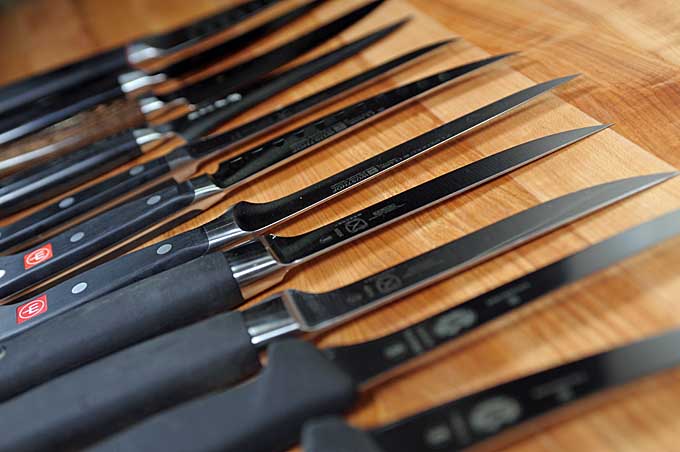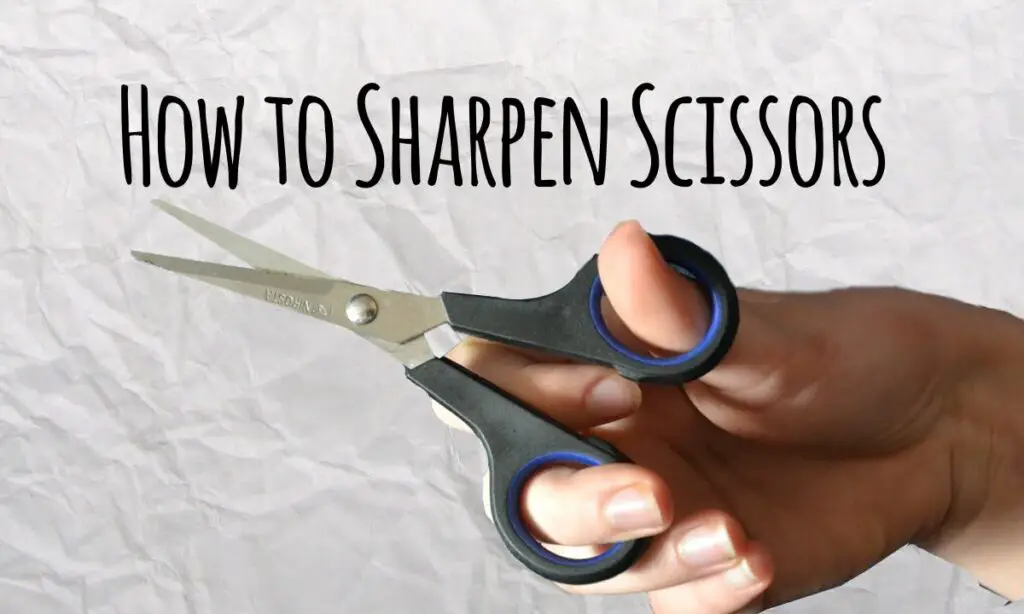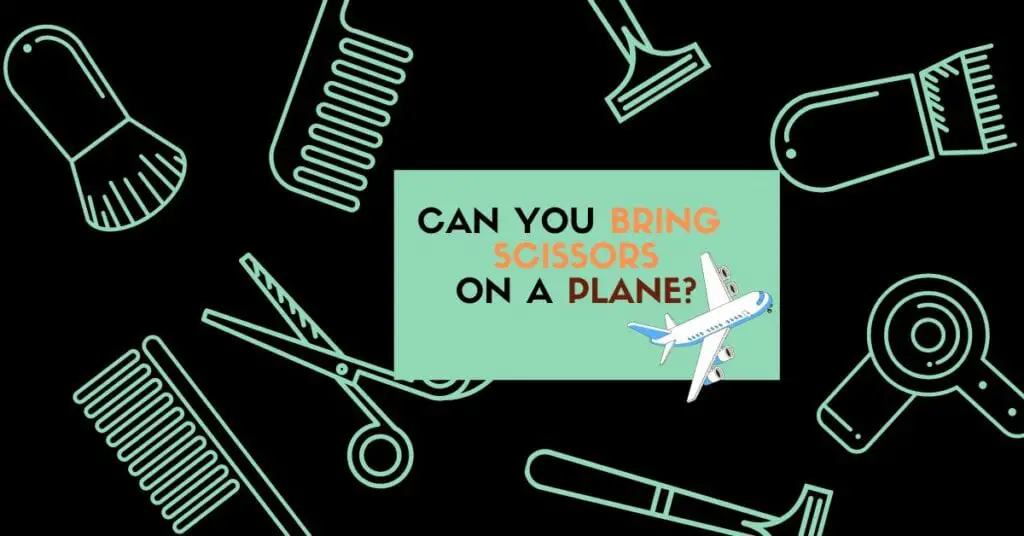Have you ever considered the potential risks of using unsterilized scissors? While it may seem like a simple tool, scissors can harbor bacteria and other harmful microorganisms that can pose a threat to your health. Ensuring that your scissors are properly sterilized is crucial in maintaining a clean and hygienic environment, whether in a medical setting or simply for everyday use. When it comes how to sterilize scissors, there are a few essential steps to follow.
Firstly, it’s important to thoroughly clean the scissors by washing them with soap and hot water. This helps to remove any visible dirt or debris. Afterward, immerse the scissors in a disinfectant solution such as rubbing alcohol or a mixture of bleach and water. Allow the scissors to soak for the recommended amount of time, usually around 10 minutes, to effectively kill the microorganisms. Finally, rinse the scissors with clean water and dry them thoroughly before using or storing them. By following these proper sterilization techniques, you can ensure the safety and hygiene of the scissors for their intended use.
Step-by-Step Guide: Sterilizing Scissors
-
Start by cleaning the scissors with soap and warm water.
-
Next, soak a clean cloth in isopropyl alcohol and wipe down the blades.
-
Alternatively, you can use hydrogen peroxide or a bleach solution for sterilization.
-
Rinse the scissors thoroughly with water to remove any residue.
-
Finally, dry the scissors completely before use.
Remember to prioritize safety by wearing gloves and working in a well-ventilated area.

How to Sterilize Scissors: A Complete Guide
Scissors are essential tools in various fields, including crafting, cooking, and medical procedures. Ensuring that your scissors are clean and sterilized is crucial to maintain hygiene and prevent the spread of bacteria and infections. In this comprehensive guide, we will explore different methods and tips on how to sterilize scissors effectively. From basic cleaning to more advanced techniques, you’ll learn everything you need to know to keep your scissors safe and germ-free.
Method 1: Cleaning with Soap and Water
Cleaning your scissors with soap and water is the first step in maintaining their cleanliness. Start by removing any obvious debris, such as tape or residue, from the blades. Then, wash the scissors with warm water and gentle dish soap. Use a soft cloth or sponge to scrub the blades and handles thoroughly. Rinse off the soap residue and dry the scissors completely with a clean towel. This method is suitable for everyday cleaning and general maintenance, but it may not be sufficient for sterilization purposes.
Benefits of Cleaning with Soap and Water
Cleaning scissors with soap and water is a simple and inexpensive method that helps remove dirt, grime, and some bacteria. It is an essential step in keeping your scissors in good condition and preventing the accumulation of debris that can hinder their performance. Regular cleaning can also prolong the lifespan of your scissors and maintain their cutting efficiency.
Method 2: Using Rubbing Alcohol
When you need to sterilize your scissors more thoroughly, using rubbing alcohol is an effective option. Start by wiping down the scissors with a clean cloth or cotton pad soaked in rubbing alcohol. Pay close attention to the blades and handles, as these areas are commonly exposed to bacteria. You can also dip the scissors in a container filled with rubbing alcohol for more intense sterilization. Afterward, let the scissors air dry or use a clean towel to dry them off completely.
Benefits of Using Rubbing Alcohol
Rubbing alcohol, also known as isopropyl alcohol, is a powerful disinfectant that kills many types of bacteria and viruses. It evaporates quickly and leaves no residue, making it an ideal option for sterilizing scissors. Using rubbing alcohol ensures a higher level of cleanliness and reduces the risk of contaminating surfaces or spreading infections.
Method 3: Autoclaving
Autoclaving is a professional method commonly used in medical and laboratory settings to achieve complete sterilization. This technique involves subjecting the scissors to high-pressure and high-temperature steam inside an autoclave machine. Autoclaving effectively kills all microorganisms, including bacteria, viruses, and spores. However, it requires specialized equipment that may not be readily available to everyone.
Benefits of Autoclaving
Autoclaving is considered the gold standard for sterilization as it provides the highest level of cleanliness. It eliminates all potential pathogens and is commonly used in medical and scientific environments where absolute sterility is crucial. While it is not the most practical method for everyday use, it is necessary for certain professions and applications.
Method 4: Boiling
Boiling is another effective technique for sterilizing scissors, particularly when other methods are unavailable. Start by cleaning the scissors with soap and water to remove visible debris. Then, place the scissors in a pot of boiling water and let them simmer for about 10-15 minutes. Remove the scissors using tongs or a heat-resistant tool and allow them to cool down before drying them with a clean cloth.
Benefits of Boiling
Boiling is a simple and accessible method to achieve sterilization without the need for specialized equipment. It effectively kills bacteria and viruses, making it suitable for everyday sterilization needs. However, it may not be as thorough as autoclaving or chemical sterilization methods.
Method 5: Chemical Sterilization
Chemical sterilization involves using specific solutions to disinfect and sterilize scissors. One common option is using a mixture of bleach and water. Start by diluting the bleach according to the manufacturer’s instructions. Then, soak the scissors in the diluted bleach solution for the recommended time. Afterward, rinse the scissors thoroughly with water and let them air dry or dry them with a clean cloth.
Benefits of Chemical Sterilization
Chemical sterilization provides a reliable method for effectively killing pathogens on scissors. It is commonly used in medical and laboratory settings. However, it is essential to follow the instructions carefully and ensure proper ventilation when working with chemicals.
Method 6: UV Sterilization
UV sterilization utilizes ultraviolet light to kill microorganisms. Various UV sterilizers are available in the market specifically designed for scissors and other small tools. Simply place the scissors inside the sterilizer and let the UV light do its job. Follow the manufacturer’s instructions for the recommended exposure time. UV sterilizers are particularly useful when dealing with delicate or heat-sensitive scissors that may be damaged by other sterilization methods.
Benefits of UV Sterilization
UV sterilization provides a non-chemical and non-toxic method to effectively kill bacteria and viruses. It is safe and easy to use, and it does not leave any residue. UV sterilizers are also versatile and can be used for other small tools and personal items.
Why is it important to sterilize scissors?
Sterilizing scissors is essential to prevent the spread of bacteria, viruses, and other harmful microorganisms. When using scissors for medical procedures or personal grooming, they can come into contact with blood, bodily fluids, and potentially infectious materials.
By properly sterilizing scissors, we can ensure a safe and hygienic environment, minimizing the risk of infection.
Additionally, sterilizing scissors also helps to maintain their quality and prolong their lifespan. By eliminating germs and debris, we can prevent corrosion and damage, keeping our scissors sharp and effective for longer periods.
Are there any alternative methods to sterilize scissors?
If you do not have access to boiling water or rubbing alcohol, you can use alternative methods to sterilize your scissors. One method is using a UV sterilizer.
These devices use ultraviolet light to kill germs and are commonly used in medical settings. Simply place the scissors inside the sterilizer and follow the manufacturer’s instructions.
Another option is using a sterilizing solution specifically designed for instruments like scissors. These solutions can be found in medical supply stores or online. Follow the instructions provided with the solution to ensure proper sterilization.
Tips for Scissor Sterilization
1. Always clean your scissors thoroughly before attempting any sterilization method.
2. Wear gloves when handling chemicals or potentially contaminated scissors to protect yourself from pathogens.
3. Follow the manufacturer’s instructions when using specialized sterilization equipment or solutions.
4. Store your sterilized scissors in a clean and dry place to maintain their cleanliness.
5. Regularly inspect your scissors for any signs of wear or damage, as they may affect their sterilization efficacy.
Key Takeaways: How to Sterilize Scissors
-
Always wash the scissors with soap and water before sterilizing.
-
Use rubbing alcohol or hydrogen peroxide to disinfect the blades.
-
Immerse the scissors in boiling water for 10 minutes to sterilize.
-
Avoid using bleach or other harsh chemicals to prevent damage to the scissors.
-
Dry the scissors thoroughly after sterilizing to prevent rusting.
Frequently Asked Questions
Welcome to our FAQ section! Here, we will address common questions about how to sterilize scissors.
2. How often should I sterilize my scissors?
The frequency of sterilizing scissors depends on the purpose and frequency of use. For medical instruments like surgical scissors, the general recommendation is to sterilize them before every use. This ensures that they are free from any potential contaminants and ready for safe and effective use.
For household or personal scissors, it is recommended to sterilize them after each use in situations where they come into contact with germs, such as when used on open wounds or in hair salons. However, if the scissors are only used for general tasks like cutting paper or fabric, sterilizing them once a week or as needed should be sufficient.
3. How can I sterilize scissors at home?
There are several methods you can use to sterilize scissors at home. One common method is boiling. Simply place the scissors in a pot of boiling water for about 10 minutes. Once they have cooled down, dry them thoroughly before use. Remember to be cautious when handling hot objects.
You can also use rubbing alcohol or antiseptic wipes to sterilize your scissors. Dip a clean cloth or cotton ball in the alcohol and wipe down the blades and handles. Make sure to cover all surfaces and allow them to air dry before using them.
4. Can I sterilize stainless steel scissors in the dishwasher?
While stainless steel scissors are usually dishwasher-safe, it is not recommended to sterilize them in the dishwasher. The high heat and harsh detergents used in dishwashers can potentially damage the scissors, affecting their performance and lifespan.
It is best to follow the manufacturer’s instructions for sterilization, which often involve methods like boiling or using disinfectant solutions. This will ensure that your stainless steel scissors remain in optimal condition.
Conclusion:
Sterilizing scissors is essential for ensuring hygiene and preventing the spread of infections. Whether you choose to clean them with soap and water, use rubbing alcohol, autoclave, boil them, employ chemical sterilization, or utilize UV sterilization, it’s crucial to find a method that suits your needs and resources.
By incorporating proper sterilization practices into your routine, you can keep your scissors germ-free and ready for any task that comes your way. Remember to clean your scissors regularly and inspect them for any signs of wear to maintain their effectiveness and prolong their lifespan. Stay safe, stay sanitized.




